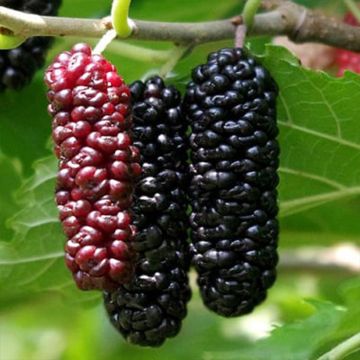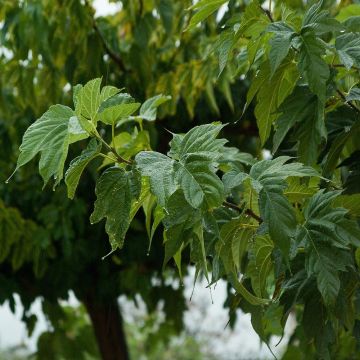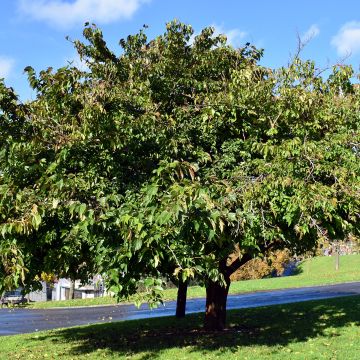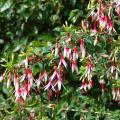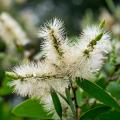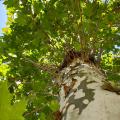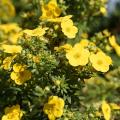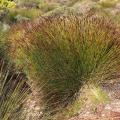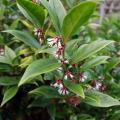Morus - Mulberry
Would this plant suit my garden? Set up your Plantfit profile →
Available in 5 sizes
Available in 1 sizes
Available in 1 sizes
Available in 2 sizes
Available in 2 sizes
Available in 2 sizes
Available in 1 sizes
Available in 1 sizes
Available in 1 sizes
Available in 1 sizes
Available in 1 sizes
Available in 2 sizes
Available in 1 sizes
Available in 1 sizes
Available in 1 sizes
Available in 1 sizes
Available in 1 sizes
Morus have been cultivated for a very long time for their juicy and sweet fruits called... mulberries. They have also had significant economic importance in Asia and Europe, particularly in sericulture, the breeding of silkworms. Neglected and forgotten for a few decades, they are nevertheless charming and picturesque small trees. Hardy enough to be grown throughout the territory provided they are given well-drained soil, they are also very resistant to heat and drought.
An essential tree of sunshine, mulberries are well-placed to proudly stand in the centre of a lawn, providing welcome shade in summer. They can also be planted in an orchard or even in an informall fruit hedge.
These small trees thrive in all rich soils, which remain fairly cool in summer but are well-drained and in a sunny but well-protected position from cold winds.
Haven't found what you were looking for?






































